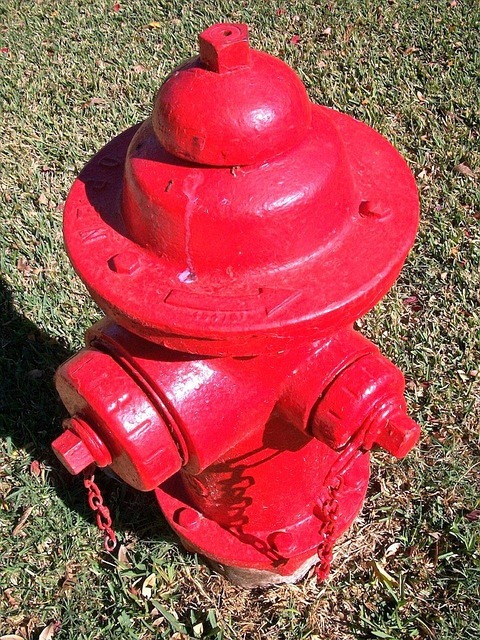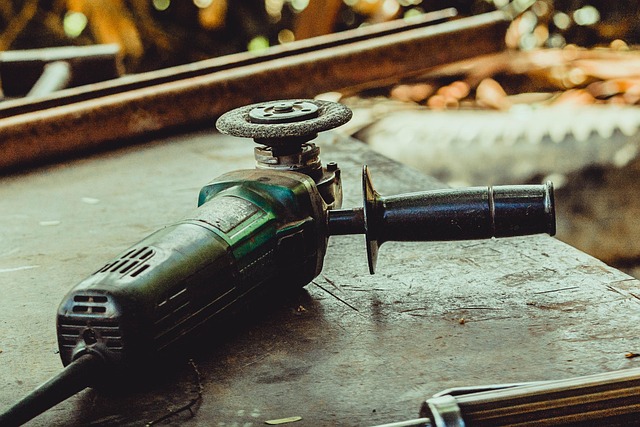Low water pressure fix starts with identifying root causes like faucet obstructions, worn regulators, leaks, and sediment buildup. Inspect pipes, valves, and pressure regulators for damage or corrosion. Replace air filters and unclog drains. Persistent issues require professional plumbers for complex troubleshooting and long-term solutions.
Struggling with weak, inconsistent water pressure in your basement? Don’t worry, you’re not alone. Low water pressure is a common issue that can be easily addressed. This guide breaks down simple troubleshooting steps like identifying leaks, inspecting valves, and replacing air filters to boost flow. For complex cases, professional assistance may be needed. By the end, you’ll be equipped with the knowledge to fix low water pressure once and for all.
- Identify Common Causes of Low Water Pressure
- Check for Leaks in Piping and Fixtures
- Inspect Water Supply Valves and Pressure Regulators
- Replace Air Filters to Improve Flow
- Consider Professional Assistance for Complex Issues
Identify Common Causes of Low Water Pressure

Low water pressure is a common issue that can be frustrating for homeowners. Identifying the root cause is the first step in fixing the problem effectively. Several factors contribute to low water pressure, and understanding these causes will help guide your repair process.
One of the most frequent culprits is a faucet with low water pressure. This could result from mineral buildup or debris blocking the aerator, a small mesh device at the tip of the faucet. Another common issue is a faulty pressure regulator that needs adjustment or replacement. Over time, these components can wear out, leading to reduced water flow throughout your home, especially in fixtures located on upper levels or farther from the water main. Additionally, low pressure might be due to a leak in the plumbing system, which can significantly decrease water pressure and waste valuable resources. Addressing these common causes will often result in a substantial improvement in your home’s overall water pressure, ensuring a stronger flow for various activities, including showering, cooking, and laundry.
Check for Leaks in Piping and Fixtures

One common cause of low water pressure in your basement is leaks in the piping or fixtures. Start by inspecting all visible pipes and fittings for any signs of damage, corrosion, or moisture. Leaks can occur due to worn-out gaskets, loose connections, or faulty valves. If you identify a leak, repairing it should be a priority as it’s not only a source of water waste but also a potential indicator of more significant issues within your plumbing system.
Addressing leaks effectively involves replacing damaged components and sealing any gaps to ensure water flows smoothly through the pipes. Additionally, consider the condition of your water lines; over time, they can accumulate sediment buildup, which restricts water flow. Removing sediment from these lines using specialized tools or chemical cleaners (as a last resort) can help increase water pressure not only in your basement but throughout your entire home, boosting weak shower pressure and improving overall water pressure for various fixtures.
Inspect Water Supply Valves and Pressure Regulators

Inspecting your home’s water supply valves and pressure regulators is a crucial step in diagnosing and fixing low water pressure issues, especially in basements. These components play a vital role in ensuring an adequate water flow throughout your house. Start by locating the main shut-off valve, typically found near the water meter or in a utility room. Turn it off temporarily to isolate the basement area and then check for any visible leaks or damage.
Next, examine the pressure regulator, which is responsible for maintaining constant water pressure despite fluctuations in supply. If you notice corrosion, leaks, or if the regulator feels loose, these could be indications of wear and tear or improper installation. A faulty regulator can lead to inconsistent water pressure, so repairing or replacing it might be necessary to prevent future low water pressure fix issues, especially during boiler repairs or when addressing problems in the repair of low water pressure in pipes.
Replace Air Filters to Improve Flow

One common yet often overlooked cause of low water pressure in your basement is dirty or clogged air filters. Air filters play a crucial role in ensuring smooth water flow by keeping the system clean and free from debris. Over time, these filters can accumulate dust, dirt, and other particles, restricting the airflow and reducing the overall water pressure.
To address this issue, regularly replacing your air filters is essential. Start by locating your main water filter and check its condition. If it appears dirty or has been in place for a significant period, replace it with a new one. Additionally, consider unclogging any drains connected to the plumbing system as blocked drains can also contribute to low pressure. Understanding water pressure issues is key to fixing low water pressure fix effectively.
Consider Professional Assistance for Complex Issues

If your basement’s water pressure remains low despite trying various troubleshooting methods, it might be time to consider professional assistance. Complex issues such as leaks, corroded pipes, or even main line problems beyond your control may require specialized equipment and expertise to diagnose and fix effectively. Professional plumbers are equipped with the tools and knowledge to pinpoint the root cause, offering long-term solutions for low water pressure that go beyond temporary fixes.
Understanding water pressure issues is crucial for preventing future drops. A professional will not only restore optimal pressure but also provide insights into maintaining your plumbing system. Regular maintenance, including checking for leaks, insulating pipes against extreme temperatures, and keeping drain traps clean, can significantly contribute to preventing future water pressure problems.
Low water pressure in your basement can be frustrating, but with the right approach, you can identify and fix the issue effectively. By checking for common causes like leaks, inspecting supply valves, replacing air filters, and considering professional help for complex problems, you’re well on your way to resolving this dilemma. Remember, prompt action can prevent further complications and ensure a steady water flow throughout your home. With these simple steps, you’ll be able to tackle low water pressure head-on and restore comfort to your basement.
